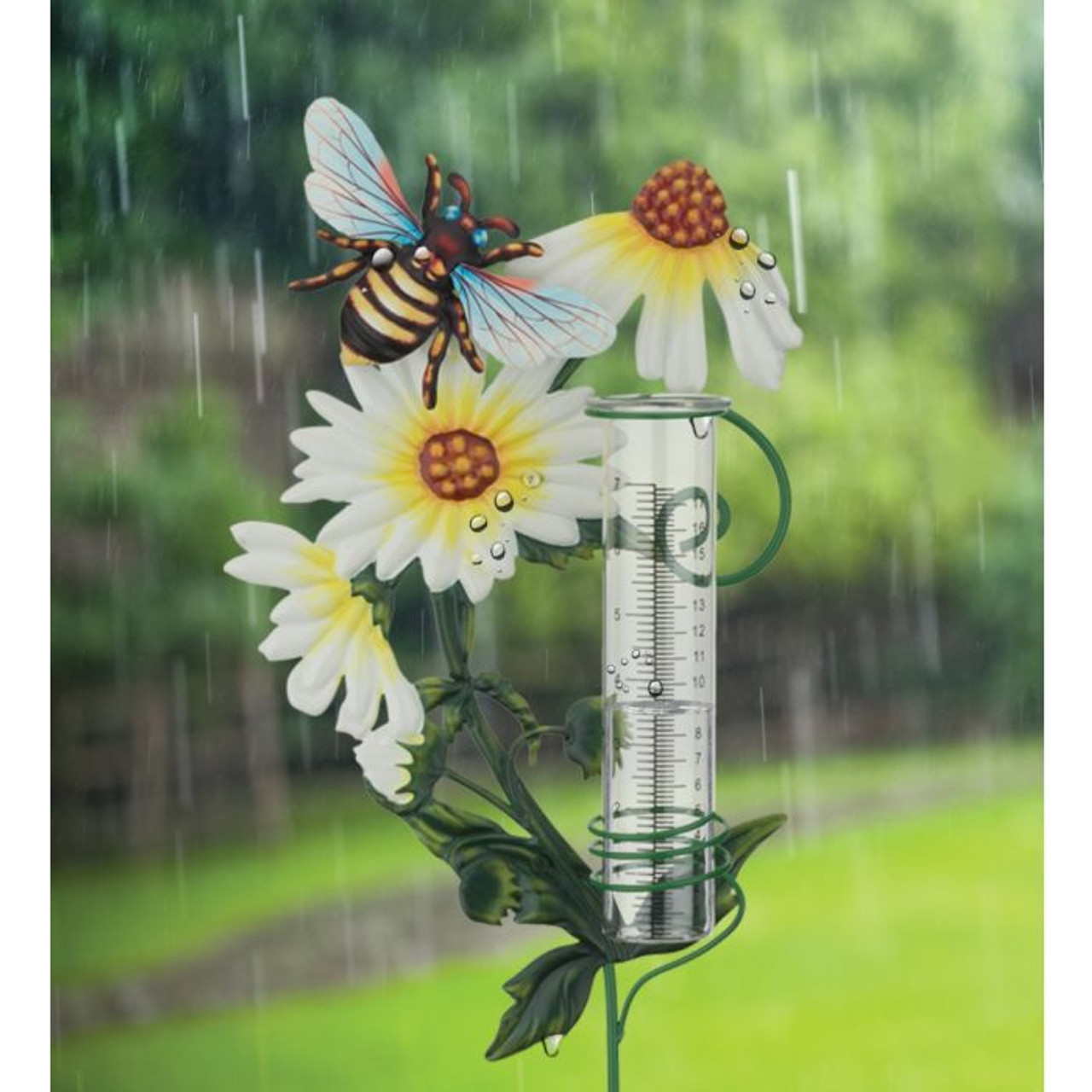The Rain Gauge: Deciphering Rain Patterns and Enhancing Climate Recognition
The Rain Gauge: Deciphering Rain Patterns and Enhancing Climate Recognition
Blog Article
DIY Rainfall Gauge: Simple Steps to Make Your Own
Developing your very own DIY rain gauge is a simple and reliable way to videotape and measure precipitation. With simply a couple of typical materials and some standard actions, you can easily build your very own rain gauge at home. Allow's obtain started on making your Do it yourself rain gauge today!
Gather Materials
To begin creating your DIY rainfall gauge, gather all the needed products utilizing a detailed checklist of items. Having the ideal materials on hand will certainly ensure the effective development of your rainfall gauge and permit for exact measurements of rainfall. Collecting these materials ahead of time will enhance the building and construction process and guarantee that you have whatever you need to produce your own Do it yourself rain scale.
Prepare the Container

Mark the Measurement Increments
To properly determine the quantity of rainfall, accurately noting the measurement increments on your do it yourself rainfall gauge is essential. Without clear and accurate markings, it would certainly be tough to figure out the precise amount of rainfall accumulated in your rainfall scale. Here are the steps to note the dimension increments on your rainfall gauge.
First, decide on the system of dimension that you intend to utilize. The most typical systems for determining rainfall are inches and millimeters. As soon as you have actually chosen the device, utilize an irreversible pen or waterproof paint to mark the increments on the side of your rain scale. For inches, you can note every quarter inch or every fifty percent inch, depending on your choice. For millimeters, you can mark every More Bonuses 10 millimeters or every 20 millimeters.
When marking the increments, it is essential to guarantee that they are equally spaced and clearly noticeable. Make use of a leader or measuring tape to make certain precision and consistency. In addition, ensure that the markings are resistant to fading or massaging off, as direct exposure to the components may create them to degrade gradually.
Location the Rain Gauge Outdoors
The rainfall gauge need to be put outdoors to properly collect rainfall information. The location selected for the rain scale ought to be totally free and open from any type of obstructions that can possibly affect the measurement of rains. It is vital to locate a spot that is not blocked by trees, structures, or other frameworks that could block the rainfall from reaching the gauge. This will make sure that the accumulated information is rep of the actual rainfall in the location.
Furthermore, it is crucial to place the rainfall gauge on a secure surface, such as a degree ground or a durable post. This will prevent any activity or tilting of the gauge, which could result in unreliable measurements. It is likewise advisable to prevent putting the gauge near any kind of resources of synthetic water, such as sprinklers or water drainage systems, as this can hinder the precision of the dimensions.
Monitor and Document Rain Data
Regular surveillance and recording of rains information is essential for precise information analysis and interpretation. By keeping track of rains measurements, you can obtain useful insights right into weather patterns, climate patterns, and water source monitoring. To visit this web-site properly keep an eye on and record rainfall data, it is necessary to establish a routine and maintain regular techniques.
To start with, make certain that your rain gauge is placed in an open location far from obstacles such as trees or structures that might block rainfall. In addition, make sure the rainfall scale is level and safely anchored to stop any movement that might affect the accuracy of the measurements.

When tape-recording the rains data, it is very important to keep in mind the date and time of each measurement. Make use of a leader or a measuring stick to identify the rains deepness in the rain gauge, and record this details accurately.
To make sure the precision of the dimensions, it is recommended to empty the rain gauge after each recording. This will certainly stop any type of overflow or evaporation from impacting succeeding measurements.
Final Thought
Finally, developing a DIY rain gauge is a simple and sensible way to keep track of and record rainfall information (The Rain Gauge). By following the actions described in this post, you can quickly collect materials, prepare the container, mark the measurement increments, and put the rainfall gauge outdoors. On a regular basis keeping track of and recording rains data can offer useful details for numerous objectives
Having the appropriate products on hand will certainly make certain the successful creation of your rainfall scale and permit for precise dimensions of rainfall.To accurately measure the amount of rainfall, accurately noting this hyperlink the dimension increments on your DIY rainfall gauge is crucial.The rainfall gauge must be put outdoors to properly gather rainfall data. The place selected for the rain scale ought to be complimentary and open from any kind of obstructions that might possibly impact the measurement of rains.In final thought, creating a DIY rainfall scale is a useful and easy means to monitor and videotape rains information.
Report this page